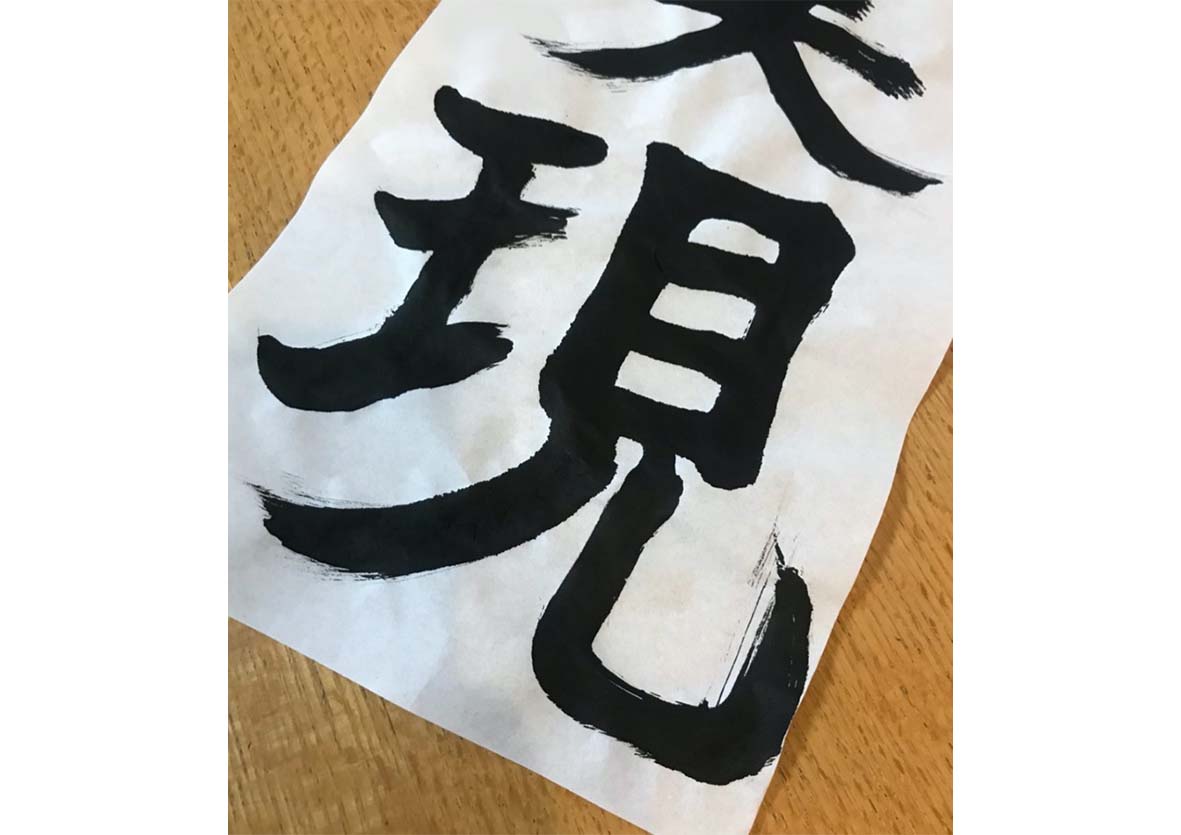Copyright GK Dynamics Inc., All Rights Reserved.

Copyright GK Dynamics Inc., All Rights Reserved.



One day during the New Year holidays, I was watching my child doing kakizome, the first calligraphy writing of the New Year.
This was a homework assignment, which required school children to make three pieces of calligraphy based on the given theme and turn in the best written one. My child tried the first one for practice, using his first sheet to trace the Chinese characters written on the example sheet. In taking the second try, he paused a moment and then began to apply brush stroke without hesitation. He was doing well halfway through the work. But when his stroke failed at one Chinese character, he gave out a sigh of hopelessness. Nevertheless, he managed to keep going until the end. Before having the third and final try, he used a spare sheet to practice writing the failed letter a couple of times. As I watched him proceed to the final try, something related to my job as a designer came across my mind.
Calligraphy is often called a painting that reflects the state of mind of its producers, because it represents the emotional state and body condition of its creators as they have to cope with a sense of tension throughout the work they can’t get a chance to do over.
In making designs, designers go through a process of sketch, clay work, CAD and so on. In each step of the process, they use a trial-and-error approach to find acceptable forms and other solutions. The advancement of PCs and other design tools has made it possible for them to easily repeat a try-and-error process, bringing them benefits of replicating their ideas. Meanwhile, they tend to lose concentration as they get used to using easy functions like copy-paste and Undo command. Whether using analog tools or digital ones, designers’ emotional state and their vigor present themselves somewhere in their creative process, which can become apparent to those watching their works afterward.
When working on design, we need to concentrate on our work with a sense of tension, bearing in mind that it must be a one-shot deal. That’s what I learned from the calligraphy writing at the start of the new year.
Shogo Kinoshita
Product Design Dept.
Unit Leader